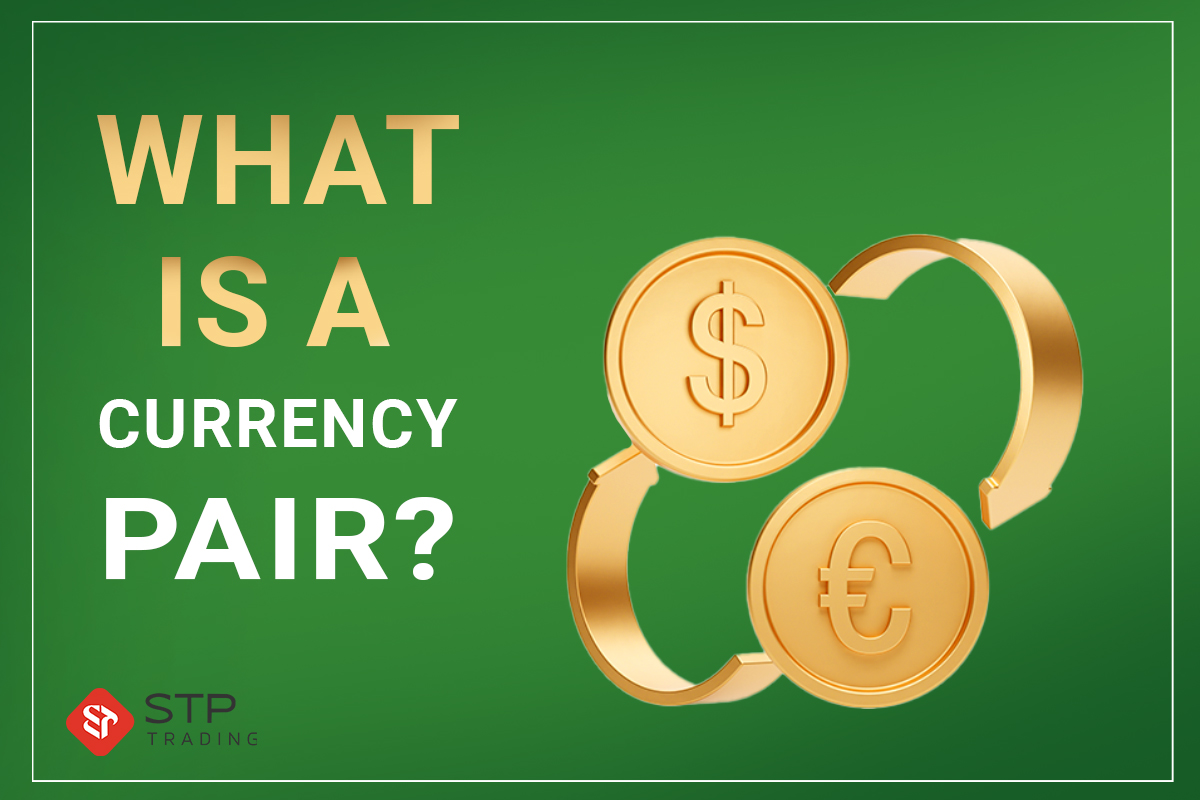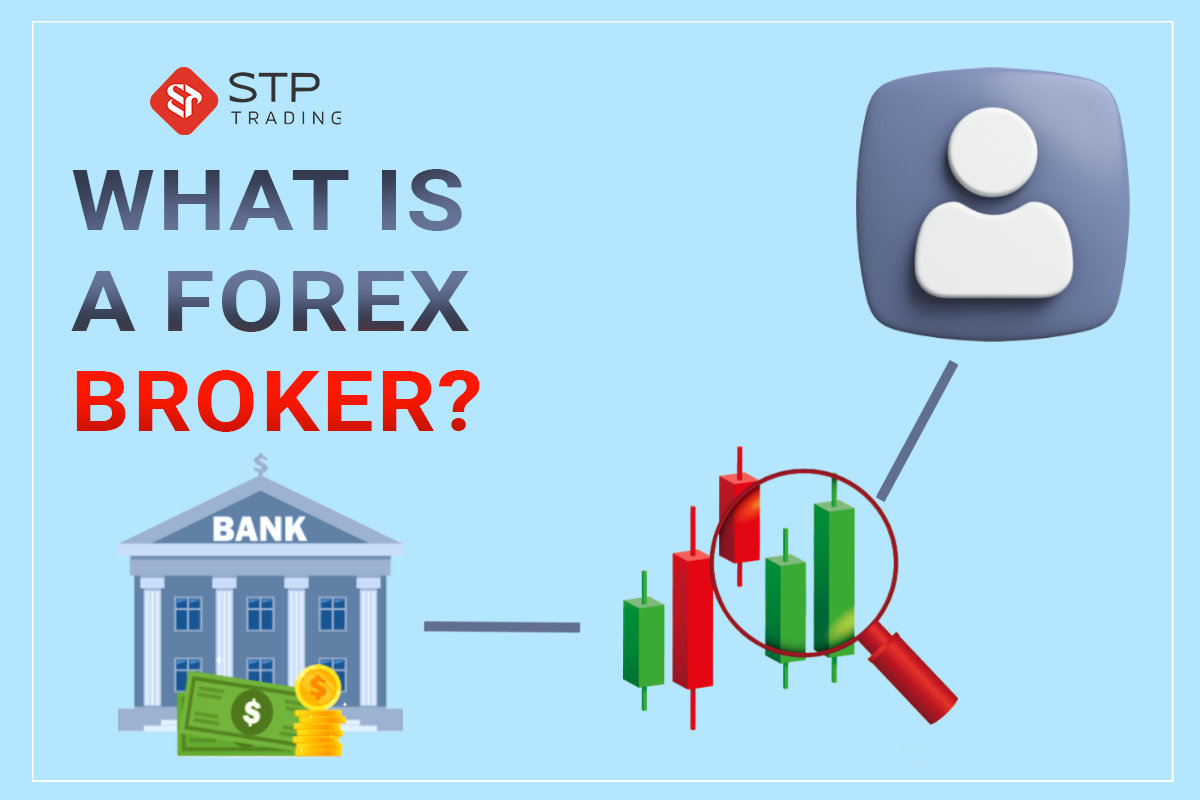
The most important thing you encounter after familiarizing yourself with the forex market is currency pairs. Currencies hold significant importance as they facilitate various foreign exchange transactions.
When you intend to make a simple purchase in a foreign country, the first thing you need to do is convert your country’s currency into the currency of that country. But what exactly does a currency pair mean, and what is its use in the forex market?
It is better to get more acquainted with the forex market before delving into the concept of currency pairs and their types.
What is the forex market?
Forex, also known as the currency exchange market, is the largest global market where traders buy and sell currencies of different countries.
This market operates 24 hours a day, every day of the week, except for weekends. Imagine that you plan to travel to Europe and need to exchange your money for euros.
You go to a currency exchange or a bank and exchange your money (in this case, using dollars as it is the most common currency in the forex market) for euros at an agreed or fixed rate. The exchange rate determines the amount of currency you can acquire.
For example, let’s assume the current exchange rate is 1 USD = 0.85 EUR. It means that for every US dollar you exchange, you will receive 0.85 euros. If you exchange 100 dollars, you will receive 85 euros in return. In the forex market, currencies are presented as currency pairs, where one currency such as the USD (US dollar) is placed against another currency such as the EUR. In the following text, we will comprehensively discuss the concept of currency pairs and their types.
What is a currency pair?
A currency pair refers to two different currencies that are placed against each other to determine their value relative to one another.
In the forex market, the exchange rate between two currencies determines the currency pair.
For example, the currency pair EUR/USD represents the exchange rate between the euro and the US dollar. In this case, if the EUR/USD pair is trading for 1.2000, it means that one euro can be exchanged for 1.2000 US dollars.
Here are some examples of well-known and commonly traded currency pairs:
- USD – United States dollar (U.S. Dollar)
- EUR – Euro, the official currency of the European Union
- GBP – British pound (Great Britain pound)
- JPY – Japanese yen
- CHF – Swiss Franc
- AUD – Australian dollar
- CAD – Canadian dollar
- CNY – China Yuan Renminbi
- NZD – New Zealand dollar
- INR – Indian rupee
- SEK – Swedish Krona
What do base currency and quote currency in the forex market mean?
In the Forex market, each currency pair consists of a “base currency” and a “quote currency.” The first currency listed in a currency pair is called the base currency, and the second currency listed in the same currency pair is called the quote currency.
For example, in the USD/JPY currency pair, the U.S. dollar is the base currency, and the Japanese yen is the quote currency. This means that the value of the USD/JPY currency pair indicates how much one U.S. dollar is worth in the Japanese yen.
To engage in profitable trading in the Forex market, it is important to understand the base currency and quote currency because changes in their exchange rate affect the value of each currency pair.
If the base currency strengthens against the quote currency, the value of the currency pair increases. Conversely, if the value of the base currency weakens against the quote currency, the value of the currency pair decreases.
What are the factors affecting the value of a currency pair?
The exchange rate in the Forex market depends on important factors such as economic conditions, political conditions, and the supply and demand for different currencies.
Due to the constant changes in these conditions, exchange rates are always fluctuating.
When there is a high demand for a currency, its value increases relative to other currencies. On the other hand, if the demand for a currency is low, its value decreases compared to other currencies. Below are the most important factors that can influence the value of currency pairs:
– Economic Indicators:
Economic indicators such as the Gross Domestic Product (GDP), inflation rate, and employment rate of a country are among the influential economic factors affecting its currency. When a country’s economic situation is not favorable, its currency may experience a significant decrease in value. By identifying the economic indicators of each country, you can gain a better understanding of the value of their currency.
– Interest Rates:
Central banks in each country adjust specific interest rates to control inflation and stimulate economic growth. When interest rates are higher, foreign investors are more inclined to invest. Therefore, with an increase in demand for a currency, its value also increases.
– Political Events:
Political events are another important factor in determining the value of currency pairs. Countries experiencing political instability often have fluctuating currency values. Additionally, elections and the policies of the current government can significantly impact exchange rates. Professional traders always monitor political news to stay updated on these changes and make informed trading decisions.
– Market Sentiment:
The Forex market is subject to turbulent fluctuations and can be influenced by positive or negative market sentiment.
The confidence of investors and their willingness to take risks can impact the value of exchange rates. For example, when a positive outlook is created in a country’s economy, there is an increase in demand for its currency, leading to positive market sentiment.
However, negative sentiment can reduce the demand for a currency pair. It is important to note that market sentiments are not always based on accurate information and can be misleading. Therefore, when trading currency pairs, it is advisable not to be solely influenced by market sentiment.
In general, traders use charts and technical analysis tools to identify trends and patterns for determining the value of a currency pair. They also rely on fundamental analysis to identify the fundamental economic and political factors that influence currency pairs.
Major Currency Pairs:
As mentioned earlier, traders in the Forex market buy and sell various currency pairs to profit from changes in their exchange rates. Traders usually choose specific currency pairs and focus on them when trading.
Currency pairs are generally categorized into three types: major currency pairs, minor currency pairs, and exotic currency pairs.
The major currency pairs include the U.S. dollar (USD), the euro (EUR), the Japanese yen (JPY), the British pound (GBP), the Swiss franc (CHF), the Canadian dollar (CAD), and the Australian dollar (AUD).
These currencies account for the majority of trading volume in the Forex market as they have high liquidity and relatively low volatility.
One of the most traded currency pairs is the EUR/USD pair, which constitutes about one-third of the total Forex trading volume worldwide. Another popular currency pair is USD/JPY, representing the U.S. dollar against the Japanese yen.
The other major currency pairs include:
– GBP/USD
– USD/CHF
– USD/CAD
– AUD/USD
– NZD/USD
These major currency pairs form the backbone of the Forex market, providing liquidity and stability.
Traders can profit from the fluctuations in their exchange rates. To be successful in the Forex market, it is essential to have a thorough understanding of the major currency pairs.
Additionally, instead of trading all currency pairs simultaneously, it is advisable to focus on a few specific currency pairs.
Minor Currency Pairs:
In the Forex market, minor currency pairs are traded alongside major currency pairs. As mentioned earlier, major currency pairs like EUR/USD or USD/JPY are considered the primary currency pairs with the highest trading volume.
However, minor currency pairs, also known as cross-currency pairs, do not include the U.S. dollar. Although minor currency pairs have lower liquidity and trading volume compared to major currency pairs, they are still significant in the Forex market.
Examples of minor currency pairs include EUR/JPY, GBP/CHF, and AUD/NZD. Minor currency pairs can create greater potential for volatility and profit compared to major currency pairs. However, higher volatility also entails higher risks, and traders must effectively manage their trading risks.
Exotic Currency Pairs:
In addition to major and minor currency pairs, there are exotic currency pairs in the Forex market. Exotic currency pairs are formed by combining a major currency pair with a currency from a developing or emerging economy.
For example, currency pairs like USD/MXN (U.S. dollar against the Mexican peso), USD/ZAR (U.S. dollar against the South African rand), and USD/BRL (U.S. dollar against the Brazilian real) belong to the category of exotic currency pairs.
Exotic currency pairs are useful for trading in volatile markets and can offer good profitability. In highly volatile and continuous market conditions, exotic currency pairs provide excellent opportunities for high returns.
How to Trade Currency Pairs:
To make profits in the forex market, you need to buy a currency at a lower price and then sell it at a higher price.
Let’s say you intend to trade the currency pair EUR/USD. You have analyzed the market and predicted that the value of the Euro will increase against the US Dollar.
So, you decide to buy the EUR/USD currency pair for 1.1200. This means you pay 1.12 dollars for each Euro purchased.
A few days later, the exchange rate increases to 1.1300, which means you will receive 1.13 dollars for each Euro sold.
You decide to close your position and sell your Euros for US Dollars. By selling your Euros for 1.1300, you have made a profit of 0.01 dollars for each Euro. If you had bought 10,000 Euros, your profit would be 100 dollars.
Best Currency Pairs for Trading:
Choosing the best currency pair for trading depends on various factors such as market conditions, trading strategy, and your strategy. However, several popular currency pairs are traded by most forex traders:
– EUR/USD (Euro/US Dollar):
This currency pair is one of the most actively traded pairs in the forex market, representing two major world economies.
– USD/JPY (US Dollar/Japanese Yen):
This currency pair is heavily traded due to strong economic relations between the United States and Japan.
– GBP/USD (British Pound/US Dollar):
Another popular currency pair, also known as “Cable,” was influenced by the economies of Britain and the United States.
– USD/CHF (US Dollar/Swiss Franc):
This currency pair, known as “Swissie,” is often used as a haven during times of global economic uncertainty.
– AUD/USD (Australian Dollar/US Dollar): The value of this currency pair is influenced by commodity prices, especially gold, as Australia is a major natural resource exporter.
Correlation of Currency Pairs in Forex:
In the forex market, the relationship between two or more currency pairs is referred to as the correlation of currency pairs.
This correlation is used to assess the strength and determine the trend of the relationship between two currency pairs. Currency pairs can have various types of correlation: positive correlation, negative correlation, or zero correlation.
A positive correlation means that two currency pairs move in the same direction. On the other hand, a negative correlation means they move in opposite directions, and zero correlation means there is no relationship between their price movements.
For example, USD/CAD and AUD/USD have a negative correlation because when the US Dollar strengthens against the Canadian Dollar, it usually weakens against the Australian Dollar.
Conversely, EUR/USD and GBP/USD have a positive correlation because both currency pairs are based on the US Dollar and tend to move in the same direction.
Major and Minor Currency Pairs:
Major currency pairs refer to the main currency pairs, while minor currency pairs are referred to as less traded pairs.
Major currency pairs include the US Dollar (USD), Euro (EUR), Japanese Yen (JPY), British Pound (GBP), Swiss Franc (CHF), Canadian Dollar (CAD), and Australian Dollar (AUD).
The US Dollar is one of the main currencies traded in the forex market. However, minor currency pairs do not include the US Dollar.
Among them, examples of minor currency pairs are the Euro against the Japanese Yen (EUR/JPY), the British Pound against the Swiss Franc (GBP/CHF), and the Australian Dollar against the New Zealand Dollar (AUD/NZD).






